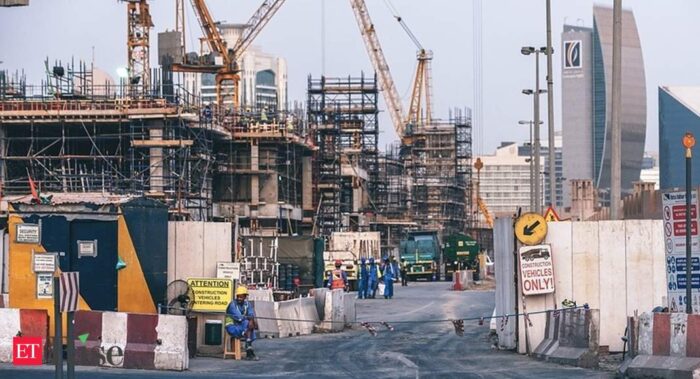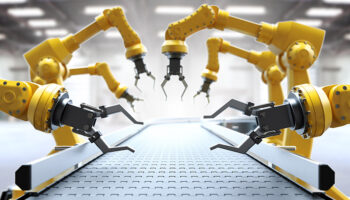Extreme weather is becoming more common as a result of climate change, and it is agreed by meteorological organizations across the world that these events will become more extreme and more regular as climate change intensifies.
Although, the Department of Public Safety and the associated emergency services and weather monitoring services are able to post early warnings. Modern communication and emergency responses are able to reduce the loss of human life, but there is an ongoing risk. It is in commercial buildings where the most damage and risk to human life is found. Large warehouses, factories, office blocks, and high-density housing are the most susceptible to extreme and ongoing events. These are buildings that have been around for a long time and may not have some of the necessary safety and sustainability measures incorporated.
Commercial construction thus needs to think and plan ahead for the current weather as well as for the changes in future weather patterns as being prescribed and foreseen by climate change and global warming scientists. These include more severe thunderstorms, cyclones, heatwaves, wildfires, and floods, which necessitate some of the changes, as noted below.
Increased Waterproofing
As intense rainstorms and high winds become the norm across the country, building integrity and rain resistance are being evaluated on a regular basis. It is clear from some of the recent damage to urban property that more weather-resistant materials are required in the construction and upgrades of all commercial property. Great examples of the recent developments and technological advancements in this regard are shown by WR Meadows with a number of innovative responses to this construction need. The ability to waterproof while maintaining airflow and the manner in which waterproofing can now be done using fluid applications or sheet application technology to speed up the process allows for a much-improved means of weatherproofing both commercial and residential properties.
Flameproofing and fire safety
Fires have become more common, and not just wildfires in suburban and green belt areas, but these have spread into urban areas and extreme weather events often cause fires as power lines go down and buildings are damaged. Fireproofing has become a key issue of late, and based on the loss of life around the globe, cladding must now be fireproof and sustainable. The US National Fire Protection Service of the US noted over 475 00 home structure fires in 2019, showing the extent of this issue in built-up areas. Fire safety must thus be a chief priority of all new construction projects and something that commercial building renovations must consider. Fire alarm systems, internal and external flameproofing, fire exits, and automated emergency response calls must all be part and parcel of the fire standards of all commercial buildings. This will require regular maintenance and tests to ensure that all systems and processes work to avoid loss of life and building collapse.
Demands for air conditioning and cooling
As temperatures across the globe are on the increase, there is a heightened demand for air-conditioned workspaces and increased ventilation and cooling. Therefore, commercial construction will require innovative solutions that will allow for cooler interior spaces that don’t need to be driven by traditional carbon-based fuels and refrigerants. It thus has to be a two-pronged approach:-
1. Improve the efficiency of buildings
This should be done to reduce the need for air conditioning; keeping the building cool requires changes to design and construction principles. Efficient energy door and window design is one of the main factors in such a redesign, but can include increased room insulations, more natural lighting and changes to the exterior landscape. By increasing the efficiency at the design stage, construction professionals can reduce the actual need for air-con and thus reduce overall energy consumption and pollutants.
2. Improve the efficiency of air conditioning tech
In situations where air conditioning is a must, architects and contractors must be able to choose the right air conditioning system for the building in question. Going bigger won’t translate into quicker or more intense cooling, simply a bigger energy bill. Maintenance of all air con systems has to be a common, regular process and check the energy efficiency of any air con installs.
Changes to the climate and weather have led to localized weather patterns shifting, and the need for air conditioning is increasing dramatically in the built environment, leading to significant changes in commercial construction.
Local more sustainable materials to reduce logistics and transport-based emissions
Not only do building and construction firms and professionals need to be thinking about greener, safer, more sustainable buildings, but the raw materials and their source are also now of considerable importance. As far as is possible, building materials should be locally sourced. Thus reducing emissions in the procurement process as well as maintaining green manufacturing standards.






